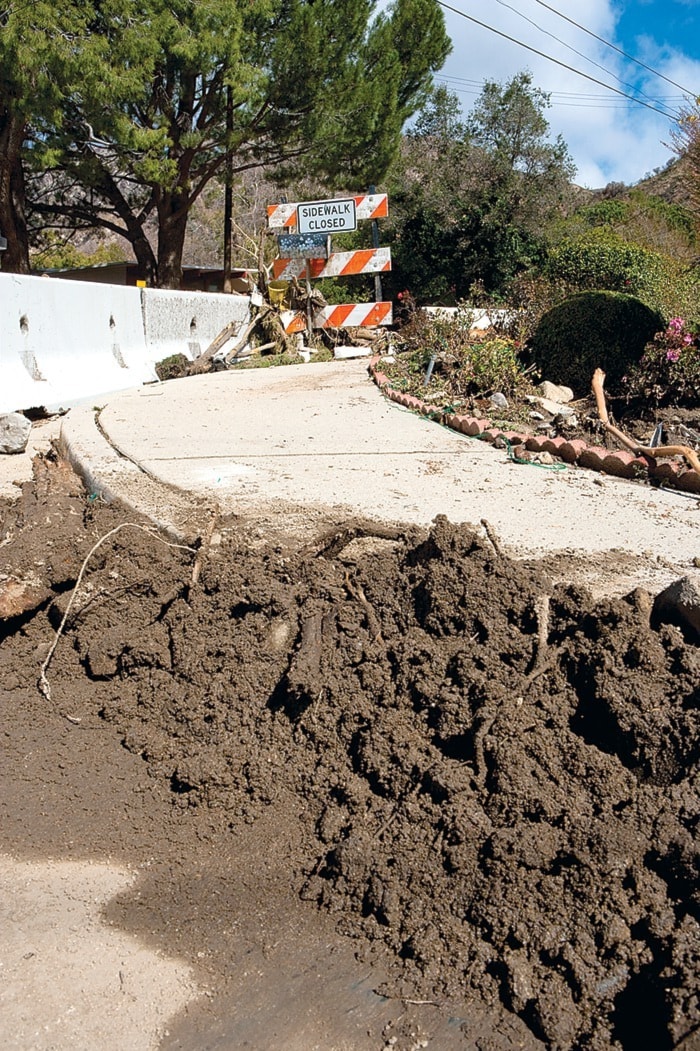Vancouver Island is a seismically active region and is located in the northeast quadrant of the Ring of Fire.
In the past couple of years, it is the only quadrant that hasn’t had a major earthquake. We all watched scenes of devastation in the other three quadrants in Japan, New Zealand and Chile.
The largest earthquake to hit Vancouver Island was on June 23, 1946. The 7.3 earthquake’s epicentre was just west of Courtenay and Campbell River.
On Dec. 16, 1918, a 6.9 quake was felt all over the Island and into the interior of B.C. resulting in damage on the west coast. Then there was 2011.
Vancouver Island did experience dozens of earthquakes in 2011, according to Natural Resources Canada, although none registered more than 4.0 on the Richter scale until Sept. 9, 2011 when a 6.4 quake struck off the west coast of Vancouver Island.
Consider the types of disruptions that occur in a catastrophe. The power may be out, water lines or gas lines may break, stores may be inaccessible or out of supplies, and roadways may not be available. Planning now will reduce the impact of these disruptions on you and your household.
This planning includes developing a family emergency plan, and packing emergency ‘grab and go’ bags for your home, car and pets.
It is a good idea to start preparing now. Start with a to-do list that identifies the things you would need to do in the case of an emergency.
Develop a plan that will help you reunite with your family if you are separated from them during a catastrophe.
Include a designated out of town contact person and a place where you could meet in case transportation routes were damaged and you couldn’t get home.
If you have children in school, talk with their school to learn about their preparedness plan, procedures and supplies.
If you would like to learn more about preparing for an emergency, and about packing ‘grab and go bags,’ there will be free emergency preparedness seminars on Thursday, May 17 from 7:30-9 p.m. at the Sportsplex, and on Thursday, May 24 in the Mezzanine at Strathcona Gardens from 7-9 p.m. Everyone is invited to attend. Please register in advance by calling Strathcona Regional District at 250-830-6700.
If you would like to become a Campbell River Emergency Support Services (CRESST) volunteer, email your name, phone number and email address to essvolunteer@gmail.com and you will be contacted.
Volunteers needed for emergency support services
Volunteers are at the heart of emergency response and there are more than 13,000 volunteers in communities across the province.
They do everything from leading air and ground searches and helping the victims of serious car accidents to setting up networks of volunteer teams and coordinating services for victims of natural disasters.
Campbell River Emergency Support Services Team (CRESST) provides short-term assistance to British Columbians who are forced to leave their homes because of fire, storms, floods, earthquakes or other emergencies. Assistance may include food, lodging, clothing, emotional support and family reunification services as well as child and pet care.
CRESST volunteers assist their communities in many ways, including:
- Setting up and staffing of emergency reception centers to provide essential needs of people affected by a disaster
- Recruiting and training of volunteers
- Establishing partnerships with key local emergency responders and other disaster related non-government organizations
- Making presentations on Emergency Preparedness to schools, clubs, organizations and the general public
If you would like to become a Campbell River Emergency Support Services (CRESST) volunteer, email your name, phone number and email address to essvolunteer@gmail.com and you will be contacted. Meetings are held on the third Monday of the month and focus on education and training.
Practice emergency response
You may only have seconds to protect yourself in an earthquake, before strong shaking knocks you down – or drops something on you.
Practicing helps you to be ready to respond. If you are inside a building, move no more than a few steps, then Drop, Cover and Hold On.
Drop to the ground before the earthquake drops you, cover by getting under a desk or table, and hold on until the shaking stops.
And stay indoors until the shaking stops and you are sure it is safe to exit.
If you are outdoors when the shaking starts, you should find a clear spot away from buildings, trees, streetlights, and power lines, then Drop, Cover and Hold On. Stay there until the shaking stops.
If you are driving, pull over to a clear location, stop and stay there with your seatbelt fastened until the shaking stops.
Once the shaking stops proceed with caution and avoid bridges or ramps that might have been damaged.
It is extremely important for a person to move as little as possible to reach an identified place of safety.
Most injuries occur when people try to move more than a short distance during the shaking.
Look around you now, before an earthquake. Identify safe places such as under a sturdy piece of furniture or against an interior wall in your home, office or school so that when the shaking starts you can respond quickly.
An immediate response to move to the safe place can save lives. Your safe place should be within a few steps to avoid injury from flying debris.
If you would like to become a Campbell River Emergency Support Services (CRESST) volunteer, email your name, phone number and email address to essvolunteer@gmail.com and you will be contacted.
